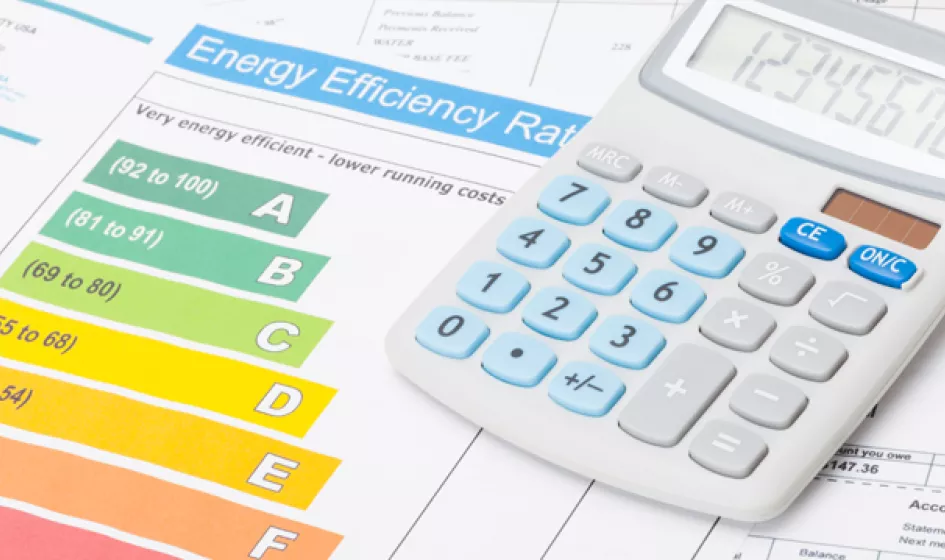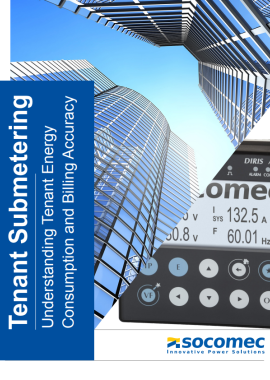energy costs are higher and building owners are more likely to have a mixture of diverse tenants. This means that they can no longer depend on homogenous energy use among their tenants—two tenants on the same floor might be involved in two different industries and use different amounts of power per square foot. In an era of high overhead, it’s important to bill fairly and keep tenants happy. Learn about the importance of an accurate and reliable tenant billing system.
Utility Billing has Changed
Traditionally, building managers have not charged tenants for their actual energy use. Instead, they’ve recorded the total energy use for their building, calculated energy use per square foot, and then charged tenants based on the square footage that they occupy. However, this was only useful in buildings where tenants tended to use the same amount of energy. In buildings where a small number of tenants used a great deal of energy, this form of billing was inaccurate and unfair.
A Reliable Tenant Billing Solution Helps Both Tenants and Building Owners
Over the last few years, competition has risen within the commercial real estate arena—and so has the cost of energy. The cost of commercial real estate in major cities is already high, and high energy costs add operating expense that many of your tenants won’t want to pay. In other words, a high energy cost will price tenants out of your building.
Because of this, it’s more important than ever for landlords to implement fair and accurate billing systems. A fair billing solution will recover utility costs from tenants based on their actual energy use, not just the building’s overall energy use divided by square footage. This means that tenants can monitor their energy use and are incentivized to reduce their energy usage. Landlords that invest in fair and accurate energy billing systems, therefore, have an opportunity to increase tenant satisfaction and lower churn rates.
New Billing Systems Must Be Accurate
The average 15,000 square foot office building spends around $30,000 per year on utilities. The costs scale geometrically as buildings get larger. In massive complexes, building owners must also account for common spaces such as hallways, bathrooms, gyms, cafeterias, and parking lots, as well as systems such as HVAC and elevators. Any errors become magnified as a result of scale. Even a small error in measurement or billing will become amplified to the tune of thousands of dollars per year—so it’s vital to choose a reliable tenant billing solution.
New Tenant Metering Technology Enables Billing Changes
Two things have helped drive the change in tenant billing. The first is new energy meter technology. Submeters have become more reliable and more accurate, which makes them worth the investment. Also, many have been outfitted with wireless technology, letting them translate energy usage directly into a database. This process has significantly streamlined recordkeeping.
Instead of walking around an office building recording energy usage with a clipboard and pen, building owners can have energy usage metrics beamed directly into their billing applications. This process doesn’t just enable automated tenant billing—it also helps identify outliers. These potentially represent areas where total energy usage can be reduced, meaning that investing in accurate billing can indeed help building owners save money.
Invest in Accuracy with Socomec
At Socomec, the meters we offer are among the most accurate in the industry. That means customers who use our tenant submeters will recover more utility costs from their tenants and waste less money. What’s more, our solutions are fully compatible with tenant billing software and they’re very easy to connect. Interested in learning more? Download your free technical note on accuracy of the overall measuring chain.







